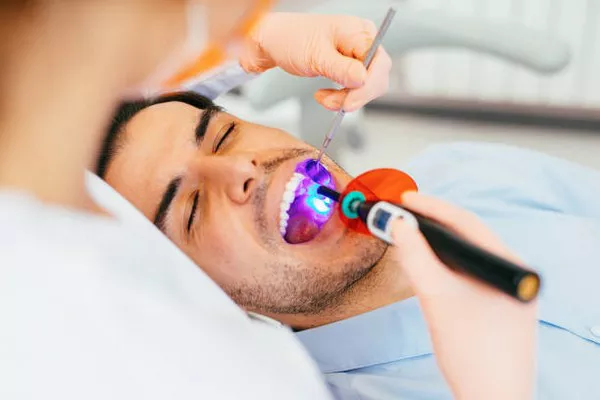Experiencing tooth sensitivity or discomfort after getting a cavity filled is a common occurrence. This post-filling sensitivity can be attributed to various factors, including the dental drill aggravating the nerve inside the tooth during the filling procedure. In this article, we delve into the normalcy after getting a cavity filled, the duration after getting a cavity filled, pain management strategies, when to seek further help, potential causes of prolonged pain, preventive measures to avoid future cavities, and the importance of consulting with a dentist for personalized advice.
Normalcy of Post-Filling Sensitivity
It’s essential to understand that experiencing some level of sensitivity or discomfort after a cavity filling is entirely normal. During the filling procedure, the dentist removes decayed tooth material using a dental drill, which can inadvertently irritate the nerve inside the tooth. Additionally, the filling material itself may cause some initial sensitivity as the tooth adjusts to its presence.
Duration of Sensitivity
While most people experience mild pain or sensitivity after a cavity filling, this discomfort typically subsides within a few days as the tooth and surrounding tissues heal. However, it’s not uncommon for some individuals to continue experiencing sensitivity for up to 2 to 4 weeks after the filling. During this time, it’s essential to be patient and allow the tooth to adjust to the filling material.
see also: How Much To Fill A Cracked Tooth
Pain Management
There are several strategies that can help manage discomfort associated with post-filling sensitivity:
Avoid triggers of sensitivity: Steer clear of hot, cold, sugary, or acidic foods and beverages that may exacerbate tooth sensitivity.
Use over-the-counter pain relievers: Non-prescription pain relievers such as ibuprofen or acetaminophen can help alleviate any discomfort. Follow the dosage instructions provided on the medication packaging.
When to Seek Further Help
While mild sensitivity after a cavity filling is normal and expected, persistent or worsening pain may indicate an underlying issue that requires further evaluation by a dentist. If the sensitivity does not subside within 2 to 4 weeks after the filling, or if it worsens over time, it’s essential to contact your dentist for an assessment. Delaying treatment could lead to more significant problems down the line.
Potential Causes of Prolonged Pain
Several factors may contribute to prolonged sensitivity or pain after a cavity filling:
Malocclusion (bite misalignment): If the filling alters the way the teeth come together when biting or chewing, it can cause excessive pressure on the filled tooth, leading to discomfort.
High filling: A filling that is too high or unevenly shaped may interfere with the bite, causing irritation to the surrounding teeth and tissues. In such cases, the filling may need to be adjusted by the dentist to alleviate the discomfort.
see also: How Long After A Silver Filling Can I Eat
Preventive Measures
To minimize the risk of developing cavities in the future, it’s essential to practice good oral hygiene habits and undergo regular dental check-ups. Here are some preventive measures to consider:
- Brush your teeth twice a day with fluoride toothpaste.
- Floss daily to remove plaque and food debris from between the teeth.
- Limit consumption of sugary and acidic foods and beverages.
- Visit your dentist for routine cleanings and check-ups every six months.
Conclusion
In conclusion, experiencing sensitivity or discomfort after getting a cavity filled is a common occurrence that typically resolves on its own within a few days to a few weeks. However, if the pain persists or worsens, it’s crucial to seek further evaluation from a dentist to identify and address any underlying issues. By following proper oral hygiene practices, undergoing regular dental check-ups, and seeking professional guidance when needed, you can maintain a healthy smile and minimize the risk of future dental problems. If you have any concerns about post-filling sensitivity or cavity prevention, don’t hesitate to consult with your dentist for personalized advice and recommendations tailored to your specific needs.
You Might Be Interested In































